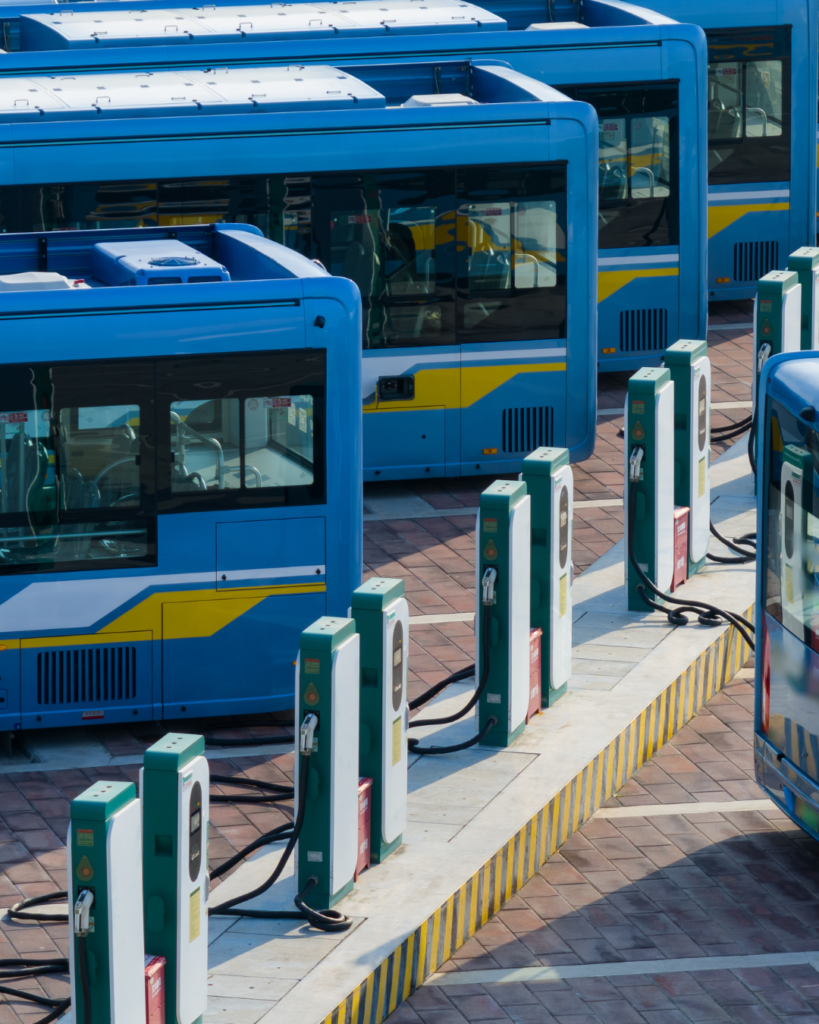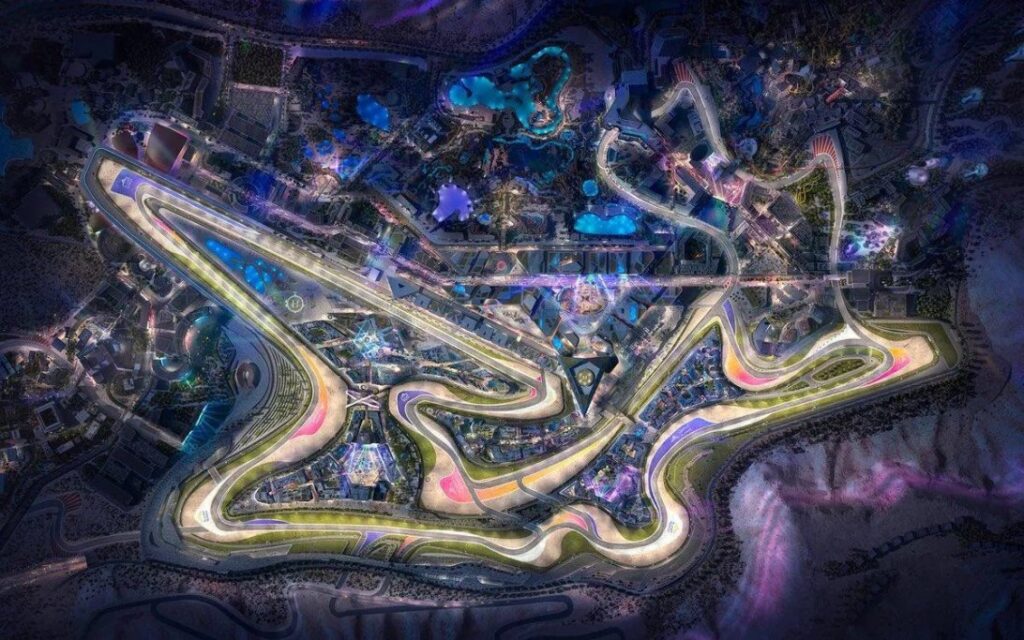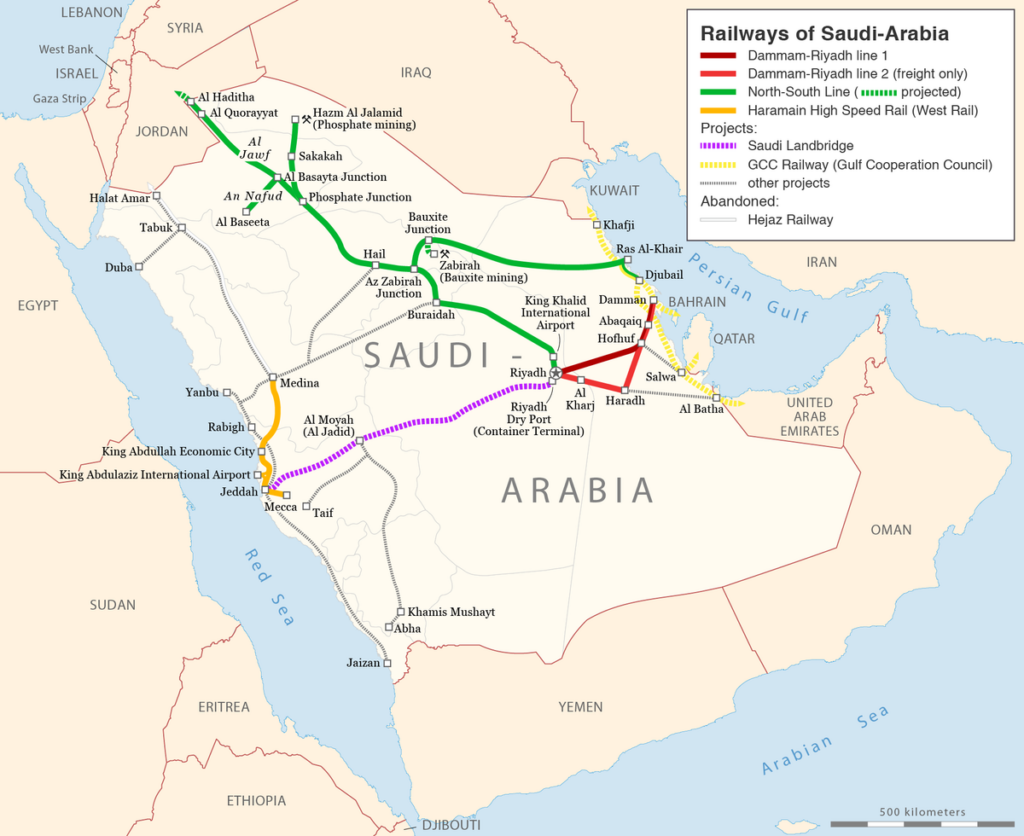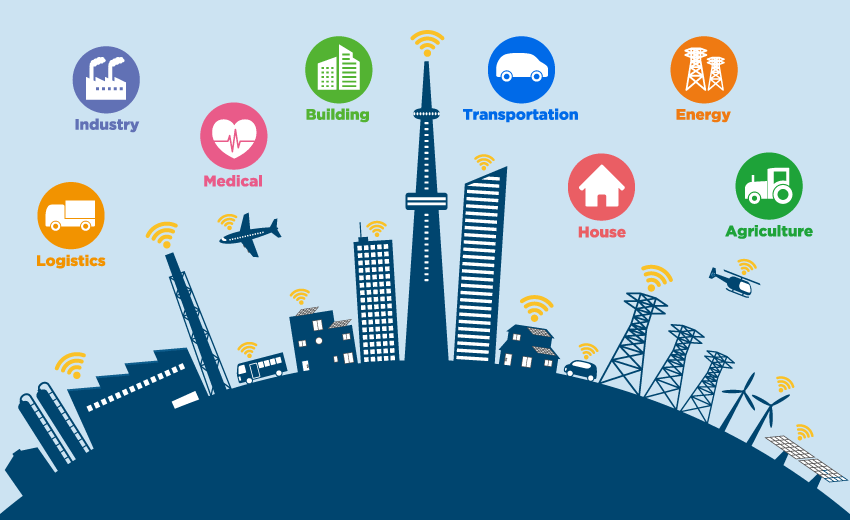Introduction
The Internet of Things (IoT) is driving unprecedented changes in mobility and transportation. By connecting vehicles, infrastructure, and passengers through smart technologies, IoT is shaping a more efficient, safe, and sustainable future for urban transit. In this article, we explore how IoT is transforming mobility and transportation, highlighting its impact and future potential.
Understanding IoT in Mobility and Transportation
IoT in mobility refers to the integration of smart devices and sensors to enhance transportation systems. By enabling real-time data exchange, IoT optimizes traffic flow, improves safety, and delivers a better passenger experience. From connected cars to intelligent traffic management, the applications are vast and transformative.
Connected Vehicles: Redefining the Driving Experience
IoT-enabled vehicles leverage sensors, GPS, and communication networks to share information with each other and with infrastructure. This connectivity supports features like:
- Autonomous Driving: IoT systems provide real-time data critical for self-driving cars to navigate safely.
- Predictive Maintenance: Sensors monitor vehicle health, alerting users to potential issues before breakdowns occur.
- Enhanced Safety: Connected vehicles warn drivers about hazards, reducing accidents and improving road safety.
Smart Public Transit Systems (IoT in Mobility)
Public transportation is undergoing a digital transformation with IoT technologies. Key advances include:
- Real-Time Tracking: Passengers can track buses and trains in real-time, improving convenience and reducing wait times.
- Optimized Routes: IoT systems analyze data to adjust transit schedules and routes based on demand and traffic patterns.
- Contactless Payments: IoT facilitates seamless payment options, reducing congestion at ticket counters.
Intelligent Traffic Management Systems
Efficient traffic management is critical to modern urban mobility. IoT-enabled traffic systems use data to reduce congestion and improve flow.
Dynamic Traffic Signals
IoT-integrated traffic lights adjust signal timings in real-time, adapting to traffic density and emergency vehicle routes. This minimizes delays and enhances efficiency.
Smart Parking Solutions
Parking management is another area where IoT shines. IoT-enabled parking systems:
- Guide drivers to available spaces using mobile apps.
- Enable contactless payments, streamlining the parking experience.
- Reduce fuel consumption and emissions from circling vehicles.
The Environmental Impact of IoT in Mobility (IoT in Mobility)
IoT technologies contribute to more sustainable transportation systems by:
- Reducing Emissions: Smart traffic systems lower idle times and fuel usage.
- Promoting Electric Vehicles (EVs): IoT supports EV charging station management, ensuring availability and optimal usage.
- Encouraging Shared Mobility: Ride-sharing and carpooling platforms leverage IoT to match passengers efficiently, reducing the number of vehicles on the road.
Challenges in Adopting IoT in Mobility
While IoT presents transformative opportunities, challenges remain:
- Data Privacy and Security: Protecting sensitive user data is critical.
- Infrastructure Costs: Upgrading systems to accommodate IoT can be expensive.
- Interoperability Issues: Ensuring seamless communication between different IoT platforms and devices is complex.
The Future of IoT in Transportation
The IoT-driven future of transportation is promising. Innovations like Vehicle-to-Everything (V2X) communication, predictive analytics, and AI integration will further enhance mobility solutions. Governments and private sectors must collaborate to address existing challenges and leverage IoT’s full potential.
Conclusion
IoT in mobility and transportation is revolutionizing how people and goods move. From connected vehicles to intelligent traffic systems, its applications are improving safety, efficiency, and sustainability. As technology continues to advance, IoT will play an even more integral role in shaping the future of transportation.
Discover how MTi Arabia can help you implement the latest smart city innovations. Get in touch with our experts today. Contact us here.



